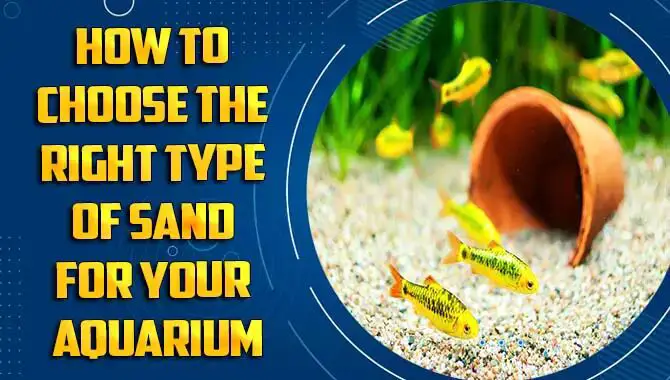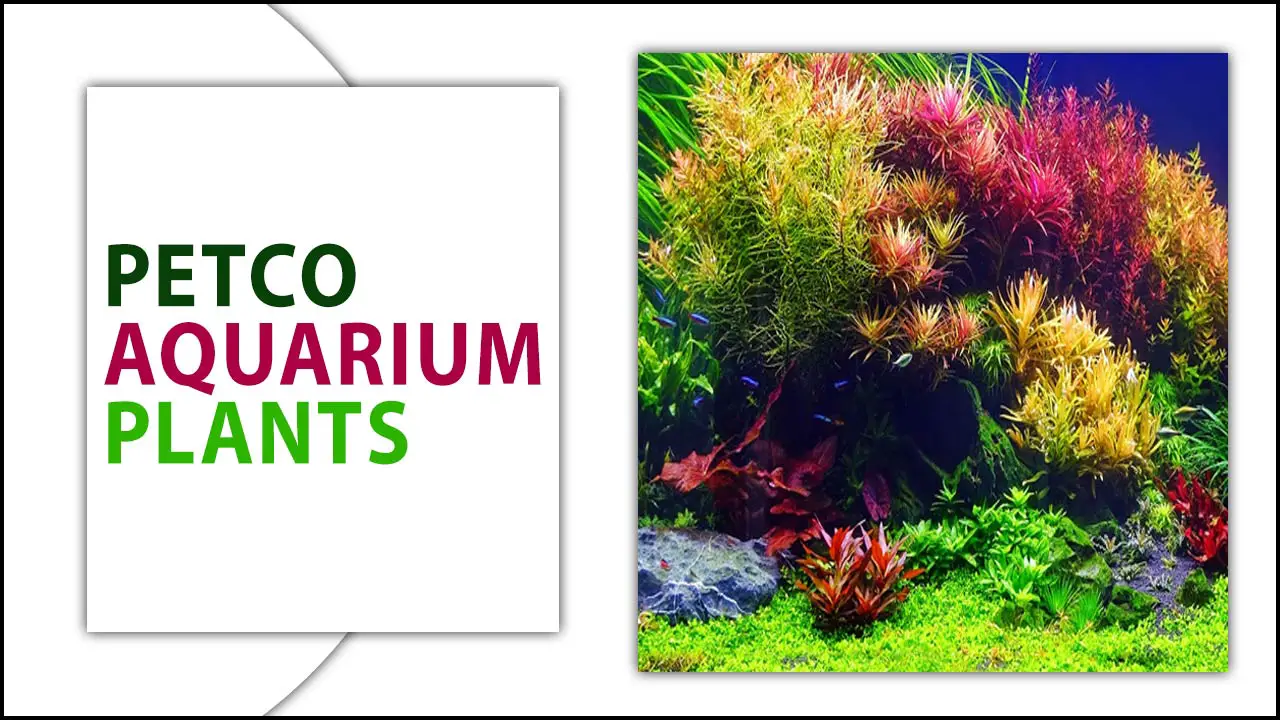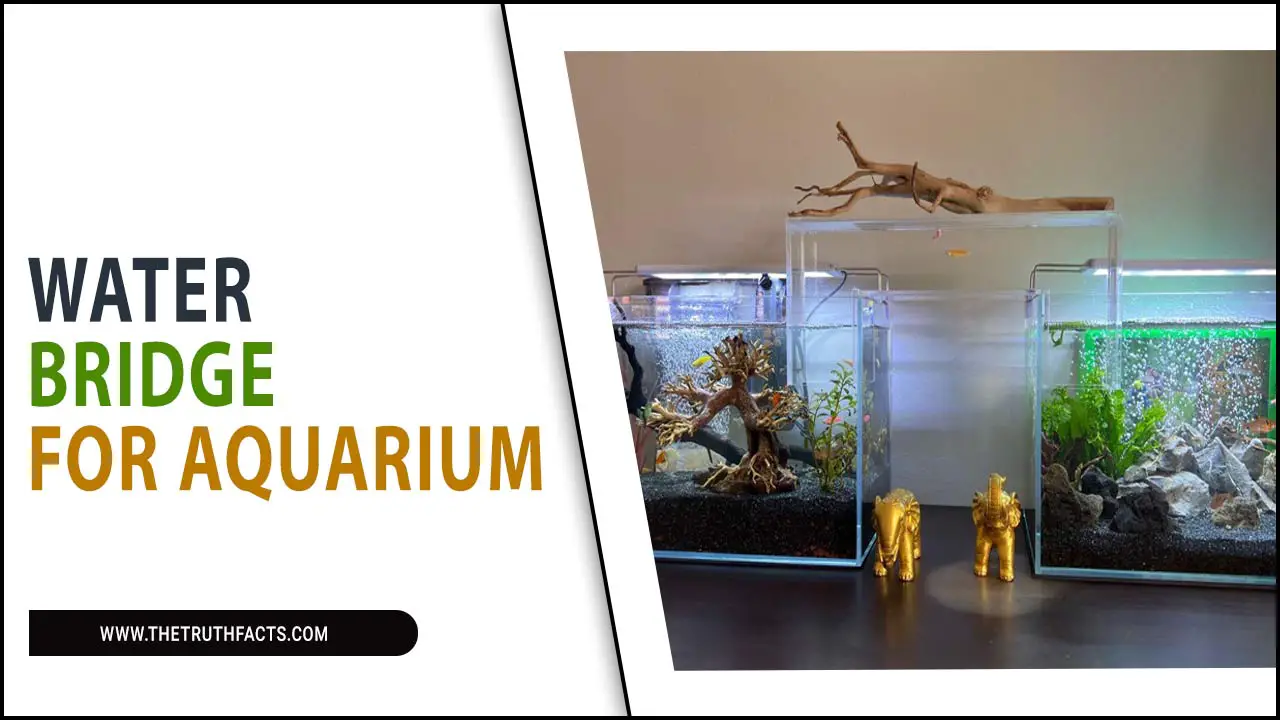Pregnant shrimp are shrimp in the reproductive stage of their life cycle. They have eggs that hatch into larvae and then shrimp. It is during this stage of shrimp development that shrimp become pregnant.
They can even breed while carrying eggs, a process known as parthenogenesis. This makes understanding pregnant shrimp quite interesting. If you’re wondering how to identify a pregnant amano shrimp, you’ve come to the right place. After all, there’s always a first time, and with pregnant shrimp, there may not be any prior experience in mind.
When Amano shrimp are pregnant, their tankmates need to know because it could affect the shrimp and her tank mates. We’ll explore how to identify a pregnant amano shrimp and what you should do if you find one. We’ll also discuss the various stages of pregnancy in Amano shrimp and what you should look for to identify them correctly.

How To Identify A Pregnant Amano Shrimp- Explained
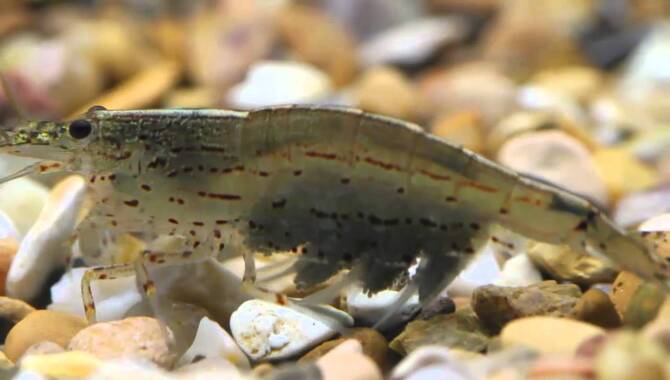
Identifying a pregnant Amano shrimp can be tricky, but it can be done with some knowledge and observation. Female Amano shrimp are larger than males and have curved underbelly. If you notice that the underbelly type of algae is particularly rounded or bulging, it may be a sign of pregnancy.
Another telltale sign is the presence of tiny eggs on the female’s belly. These eggs may appear white or yellow and become more visible as they grow. It is important to note that Amano shrimp are known for their low reproductive rates, so it may not be common to see pregnant individuals in your aquarium. However, if you do spot one, it can be an exciting and rewarding experience to watch the development of the eggs over time.
The male shrimp will fertilize the female’s eggs as they are deposited onto his swimmerets. The larvae hatch into small shrimp fry after about two days. Like other shrimp larvae, they need brackish water to develop, so providing this for pregnant shrimp can be difficult. That is why treating water carefully when breeding Amano shrimp is essential.
Examining The Abdomen Of The Female Shrimp

Amano shrimp are one of the most popular species in the aquarium trade. Pregnant females will exhibit an increase in size and a colour change, with the abdomen of a pregnant shrimp being elongated and filled with bubbles.
To identify pregnant Amano shrimp before they reach market size, examining them closely and noting several vital features, such as their increased size and bubbles in their abdomen, is essential.
This allows for the safe disposal of female shrimp that are not ready for sale, or that may be over-stocked in aquariums. It is essential to identify pregnant Amano shrimp before they reach market size so that they can be adequately cared for.
This can include providing appropriate water quality, feeding, and aquarium setup, monitoring water parameters, and eliminating ammonia or nitrite from the aquarium water. By taking note of these critical features, aquarists can ensure that pregnant female shrimp are adequately cared for while remaining within safe parameters.
Determining The Gender Of The Shrimp
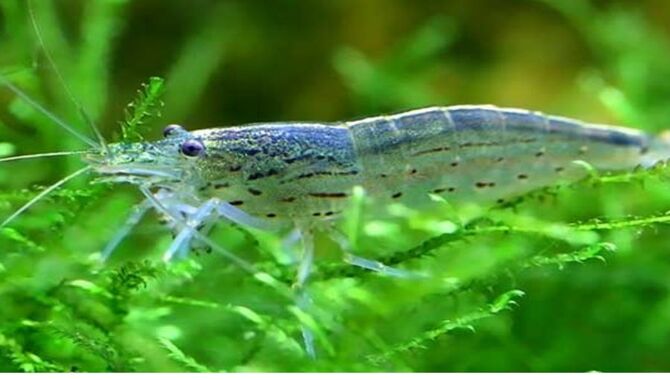
Amano shrimp are small, translucent shrimp that can be difficult to identify. The easiest way to determine the gender of the shrimp is to look for long antennae. Male Amano shrimp have longer antennae than female shrimp. Pregnant Amano shrimp are a particular type of shrimp with large eyes. These shrimp are usually pink or orange and have large bodies compared to other female shrimp.
These special shrimp are essential for breeding in the aquarium community. Besides, female Amano shrimp breed only once in their lifetimes, making them a keystone species for maintaining overall population numbers in aquariums. Pregnant Amano shrimp play an essential role in the aquarium community by recycling nutrients and providing food for other shrimp species.
Checking The Color Of The Eggs
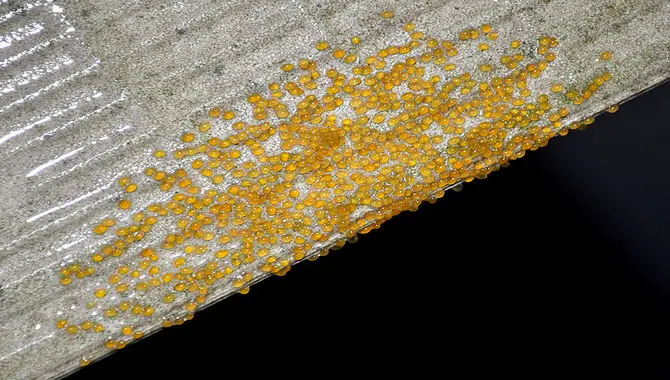
A pregnant Amano shrimp carries a visible clutch of eggs on their swimmerets, a breeding process
which can be dark green, brown, or yellow. The eggs usually change from dark green to yellow as they approach hatching.
A pregnant shrimp’s female reproductive organs will also show signs of change, such as the eyes of shrimp larvae becoming visible through the eggs with a magnifying glass.
It is possible to confirm a shrimp’s pregnancy by looking for the eyes of shrimp larvae through the egg with a magnifying glass. By watching for changes in the eggs and female shrimp, it’s possible to identify whether or not a shrimp is pregnant and when they are most likely to hatch.
Monitoring The Mating Habits Of The Shrimp
The Amano shrimp is a species commonly found in the aquarium trade. These shrimp are great aquarium inhabitants because they are hardy and easy to care for. However, it is crucial to monitor the breeding habits of shrimp to ensure that they breed successfully. The male shrimp will compete for dominance over other males and fight with them if they attempt to fertilize the female shrimp’s eggs.
Once the females become pregnant, they will show signs of being gravid or pregnant, such as growing more extensively and changing colour. This makes it easier for you to identify the mating habits of shrimp and can help you monitor their reproductive cycle. By observing these shrimp closely, you can determine whether they are pregnant and take steps to ensure their breeding success.
Inspecting The Tankmates Of The Shrimp
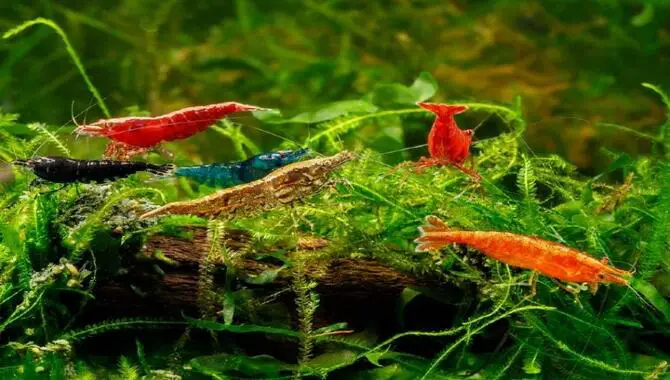
When trying to identify a pregnant Amano shrimp, inspecting the shrimp’s tankmates can be helpful. Pregnant Amano shrimp often display different behaviours than their non-pregnant counterparts, such as more time hiding or less activity. By observing the other shrimp in the tank, you may be able to identify which ones are pregnant based on these changes in behaviour.
Additionally, pregnant Amano shrimp will have a distinctive “saddle” shape on their backs where they carry their eggs. This can be easier to see on lighter-coloured shrimp, so take a closer look if you suspect one of your Amano shrimp is pregnant. With a little observation and attention to detail, you can become an expert at identifying pregnant Amano shrimp in no time.
What Should I Do When My Amano Shrimp Is Pregnant?
You’ve just discovered that your Amano shrimp is pregnant, and you’re ready to take on the role of a proud parent. Whether you’ve been keeping tabs on your shrimp’s fertility or stumbled across a surprise baby, it’s an exciting time. But before you start planning your nursery, you should know a few things about how to identify a pregnant Amano shrimp and care for her during pregnancy.
First, let’s talk about how to identify a pregnant Amano shrimp. Your Amano shrimp may be recognizable by the telltale bulging belly she sports. Pay attention if you see something strange going on with her reproductive system. That could mean she’s not ready to give birth yet (shrimp babies can sometimes take a while to develop fully).
On the other hand, if she suddenly starts laying eggs in large quantities — or if you notice any abnormalities with her overall health — it’s time to get concerned. Look for helpful tips in our article on telling if an Amano shrimp is sick or in distress.
Once you have identified that your Amano shrimp is pregnant, it’s time to ensure her well-being and safety throughout the pregnancy. First and foremost, ensure she has access to clean water and adequate food; a too-small diet or dirty water can lead to poor growth or even death for the unborn shrimp.
Once the baby is ready to hatch, it will need proper nourishment and care until it can fend for itself. It’s also essential for the mother to be well-rested to provide optimal care for her young. Follow these steps carefully, and your new addition will be off.
The Different Stages Of Pregnancy In Amano Shrimp
There are several stages of pregnancy in Amano shrimp. The first stage, called prophase, takes place in the oviduct after fertilization and is when the first cells that will form the embryo begin to develop. The embryonic cells evolve into small groups of cells known as blastomeres in the second stage, called metaphase.
The third stage is called telophase, and it marks the end of the early stages of pregnancy and when the blastocyst has developed into a hollow sphere with a thin layer of cells on its outside.
During Hertwig’s G1 phase, the developing embryo receives nutrients and oxygen.
At this point, the embryo starts moving along a thin gastrula tube. The next stage, called the G2 phase, marks the beginning of organ development in the source. This involves the formation of vital organs such as the heart, brain, liver, eyes, and gonads.
After the G2 phase comes the G3 phase, during which external structures such as hairs and muscles can be seen developing; finally, meiosis II (or mitosis I) occurs in the late G3 or early G4 phase. In this stage, two sets of chromosomes form an egg or sperm cell.
What To Look For When Identifying Pregnant Amano Shrimp
Male Amano shrimp are known for their bright colours and swimmerets (tails) that have a distinctive shape. However, female Amano shrimp are responsible for providing eggs for the offspring. So, looking for a swollen dorsal fin on the female Amano shrimp is essential, indicating that she is ready to mate.
During female Amano shrimp’s pregnancy, they carry numerous dark-green, brownish, or yellowish eggs underneath their bellies. These eggs will hatch after almost two weeks, with the larvae emerging as juvenile shrimp of various sizes. The third and final stage of pregnancy begins when the female Amano shrimp deposits her eggs on her swimmerets. The male then wraps his body around the female to fertilize the eggs.
When pregnant, female Amano shrimp will grow in size and become more round than before. They will also appear to be more vibrant in colour as well. Besides, they will also become slightly thicker and more rounded at the abdomen end of their bodies. The difference between pregnant female Amano shrimp and non-pregnant female Amano shrimp is easy to identify by looking at the swimmerets of females during mating season. The swimmerets of pregnant amano shrimp are usually wider than non-pregnant ones due to the extra eggs attached.
Conclusion
Amanos are some of the most popular shrimp breeders because of their easy breeding habits and beautiful colours. However, they’re also some of the most misidentified shrimp breeders. If you haven’t already, now is the time to learn about shrimp breeders and how to identify them. Knowing what to look for will go a long way in helping you correctly identify pregnant shrimp and breeders.
A shrimp’s eggs hatch in three to six days. After hatching, baby shrimp larvae settle around the female shrimp and feed on algae and plankton.
If the shrimp is pregnant, feeding it brine shrimp will not harm it (and providing it with frozen shrimp might help its larvae hatch faster). We’ve discussed how to identify a pregnant Amano shrimp you find one that looks pregnant, follow the above steps to ensure you get it right.
Frequently Asked Questions
What Do Amano Shrimp Eggs Look Like?
Amano shrimp eggs can be seen on the mother shrimp’s swimmerets. The eggs can range from light green to light brown to dark yellow. The clutch of eggs can be seen on the mother shrimp’s swimmerets and are easily visible to the naked eye. The mother shrimp will continuously fan the eggs to keep oxygen circulating.
How Do You Know When A Shrimp Is About To Give Birth?
When shrimp are ready to give birth, they will lay their eggs in the water. Female Amano shrimp carry their eggs for around five weeks, and signs of egg laying and fertilization usually occur within 6-8 weeks for female Ghost shrimp. An early warning that a female Amano shrimp is pregnant is laying eggs within a few days after fertilization.
How Long Do Amano Shrimp Hold Their Eggs?
Amano shrimp carry their eggs for around five weeks before they hatch. Female Amano shrimp will fan the eggs with their swimmerets to ensure they receive a steady oxygen supply during this time. One Amano shrimp can live up to five years, but most hobbyists will keep one for 2-3 years.
Can Amano Shrimp Give Birth In Freshwater?
Amano shrimp naturally lays eggs in freshwater, but the fry will not survive unless the water conditions are nearly perfect. Most Amano shrimp sold at aquariums are not wild-caught, so they cannot complete freshwater life cycles. Breeding Amano shrimp in captivity is difficult because the fry requires a period in saltwater to develop correctly.
What Is The Best Way To Identify A Pregnant Amano Shrimp?
There are a few ways to identify a pregnant Amano shrimp. One way is to look for eggs underneath the shrimp’s belly, which can be dark green, brown, or yellow. It is also possible to fan the eggs with the shrimp’s rear legs. If the shrimp is pregnant, transferring it to a breeder tank at the right time is important. When the larvae are released, providing a brackish water environment with a salinity level of 30-35 ppt is necessary.

Aquarium passion is all about connecting with the aquatic life and providing education to the public on the importance of these creatures. We showcase a wide variety of marine life through our exhibits as well as working with schools to provide unique learning opportunities for students of all ages.

